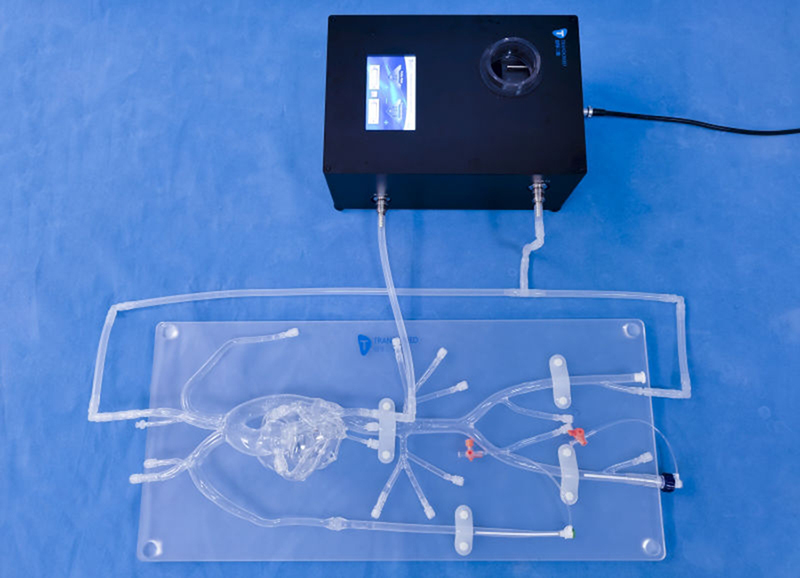When we are born, almost all of us have smooth inner walls of blood vessels, no vascular waste, and very smooth blood flow. At this time, we are on the same starting line, and we all have healthy blood vessels and healthy heart disease.
As we age, genetic factors cause blood vessels to gradually differentiate:
Genetics are temporarily unchangeable. Although our blood vessels look very smooth when we are born, genes determine our direction. If our parents have high blood pressure, diabetes, hyperlipidemia or cardiovascular and cerebrovascular diseases, especially our If our parents had myocardial infarction or cerebral infarction in middle age, our genes may contain more atherosclerosis genes. As age increases, these genes will appear. As age increases, some people will develop arteriosclerosis. The more serious one is atherosclerosis, which means that not only the elasticity of blood vessels decreases, but also vascular waste remains inside the blood vessels. , that is, plaque. Long-term plaque formation and aggravation will lead to blood vessel stenosis. Because this kind of plaque occurs in arteries and looks like porridge, it is called atherosclerosis.
People with a family history are more likely to have atherosclerosis, and the more serious the atherosclerosis is; of course, age is also a factor, as most people’s arteriosclerosis gradually worsens as they age; there is also the gender factor, Because women are protected by estrogen before menopause, atherosclerosis in women is relatively mild. However, after menopause, estrogen protection is suddenly lost, and atherosclerosis will break out in women. This is why premenopausal women have coronary heart disease. Less, the reason why the disease suddenly occurs after menopause.
Lifestyle determines the blood vessels and destiny of most people:
We cannot choose or change the above-mentioned genetic genes, age changes, and gender. However, the impact of atherosclerosis is not only these three factors, but also mainly related to our lifestyle. Based on the same genetic genes, the same age, and the same gender, lifestyle directly determines our blood vessels and our destiny.

In the hospital, we see that most patients with coronary heart disease and myocardial infarction have unhealthy lifestyles.
Along the way from atherosclerosis to coronary heart disease to myocardial infarction, the most important stage is the stage of formation and aggravation of atherosclerosis. However, we generally do not have any symptoms at this stage and it is difficult to detect it. There is currently no simple method Various examinations can detect cardiac atherosclerosis , except coronary CTA and coronary angiography, but generally speaking, who would do coronary CTA and coronary angiography if we don’t have symptoms?
What's more, doctors will not let everyone do a coronary CTA or coronary angiography casually. This is because on the one hand, these two examinations are expensive, and more importantly, these two examinations have certain risks and must be used. Contrast agents all contain a certain amount of radiation, and cardiac imaging is still an invasive examination, which carries greater risks.
If there are no symptoms, how should we pay attention?
We can only reduce the risk of atherosclerosis by controlling high-risk factors. Atherosclerosis is blood vessel waste. Long-term accumulation gradually forms atherosclerosis, or plaque, inside blood vessels. If we want to prevent atherosclerosis, we can only reduce these risk factors. Atherosclerosis is mainly related to the following factors: hyperlipidemia, diabetes, hypertension, obesity, sedentary life, unhealthy diet, smoking and alcohol abuse, etc.
At this stage, we don’t have any symptoms at all, so we can only develop good habits, stick to a healthy life, stay away from tobacco and alcohol, insist on aerobic exercise, eat a low-salt, low-fat, low-sugar diet, and have a regular schedule. If three highs are found, they must be strictly controlled.
Only in this way can atherosclerosis be effectively prevented and the next step of atherosclerosis - coronary heart disease.
Once coronary heart disease is discovered, it must be treated regularly:
When the atherosclerotic plaque worsens to a point where the stenosis exceeds 50%, it forms coronary heart disease. There may not necessarily be symptoms at this time. Only when the blood vessel stenosis is greater than 75%, angina pectoris will occur under certain inducements. . This situation is divided into those with angina pectoris and those without angina pectoris. Most people without angina will not be diagnosed with coronary heart disease, so it is better to follow the first point above and continue to maintain a healthy lifestyle.
If you have been diagnosed with coronary heart disease in the hospital, you must take medication regularly based on a healthy lifestyle. The most basic drug is aspirin plus a statin. Statins reduce low-density lipoprotein, which increases vascular waste. Statins can reduce low-density lipoprotein and prevent plaque aggravation. At the same time, statins can fight inflammation and stabilize plaques, prevent the aggravation of atherosclerosis, prevent plaque rupture, and prevent myocardial infarction. Aspirin prevents platelet aggregation and prevents thrombosis. Preventing thrombosis means preventing myocardial infarction. Therefore, at this stage, healthy lifestyle + regular medication are the most important.